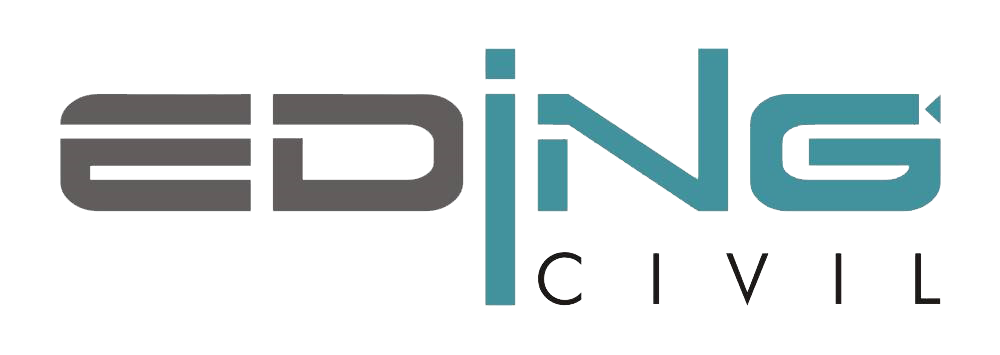Inside landscape of American science, several trends and developments are generally shaping the direction regarding research, influencing funding focal points, and defining the institutional framework within which methodical inquiry thrives. From breakthroughs in technology and changes in research focus to be able to changes in funding structures along with institutional collaborations, the current state of American science reflects any dynamic and ever-evolving eco-system that is both responsive to community needs and driven through the quest for knowledge and innovation.
One notable trend throughout American science is the raising emphasis on interdisciplinary research along with collaboration across traditional disciplinary boundaries. Recognizing that many regarding today’s most pressing issues, from climate change and also public health crises to engineering and social inequality, call for multidisciplinary approaches, researchers as well as institutions are increasingly conking out silos and forging partners across fields. Collaborative investigation centers, cross-disciplinary initiatives, in addition to interdisciplinary training programs have grown to be more prevalent, fostering a culture of innovation and expertise exchange that transcends regular academic divisions.
Moreover, there exists a growing focus on translational exploration and innovation in United states science, with an emphasis on converting fundamental discoveries into real world applications that benefit modern society. Government agencies, industry partners, in addition to academic institutions are increasingly investing in research that has apparent societal impact, whether from the development of new medical treatments, environmentally friendly technologies, or policy strategies to pressing societal challenges. This particular emphasis on translational research is generating a shift in money priorities and research agendas, with greater emphasis placed on applied research, technology move, and industry partnerships.
Another notable development in Usa science is the evolving panorama of research funding in addition to support mechanisms. While federal government funding agencies such as the State Institutes of Health (NIH), the National Science Foundation (NSF), and the Department of Energy (DOE) remain major options for research funding, there is also a growing role for private foundations, industry partnerships, and investment capital in supporting scientific exploration and innovation. Moreover, crowdfunding platforms and public-private partners are providing new paths for researchers to protected funding and engage with the much wider public, democratizing access to exploration funding and expanding opportunities for innovation and collaboration.
In addition to changes in funding structures, there are also shifts occurring in the institutional landscape of American scientific disciplines. Research universities and school institutions continue to play a new central role in advancing scientific knowledge and training the next generation of scientists. But there is also a growing recognition with the importance of diversity, equity, as well as inclusion in the scientific workforce, with efforts underway to address systemic barriers and showcase greater representation of underrepresented groups in STEM areas. Furthermore, there is a growing craze towards decentralization and division of research hubs, along with emerging research clusters as well as innovation ecosystems emerging within cities and regions across the nation.
Overall, the current trends in addition to developments in American technology reflect a dynamic in addition to multifaceted landscape that is seen as collaboration, innovation, and a motivation to addressing pressing social challenges. From the rise involving interdisciplinary research and translational innovation to changes in resources structures and institutional frameworks, American science is developing in response to the needs and prospects of the 21st century. By simply embracing collaboration, promoting diversity and inclusion, and influencing innovation, American science you can find out more is actually poised to continue making purposeful contributions to knowledge, technological know-how, and society in the years to come.
